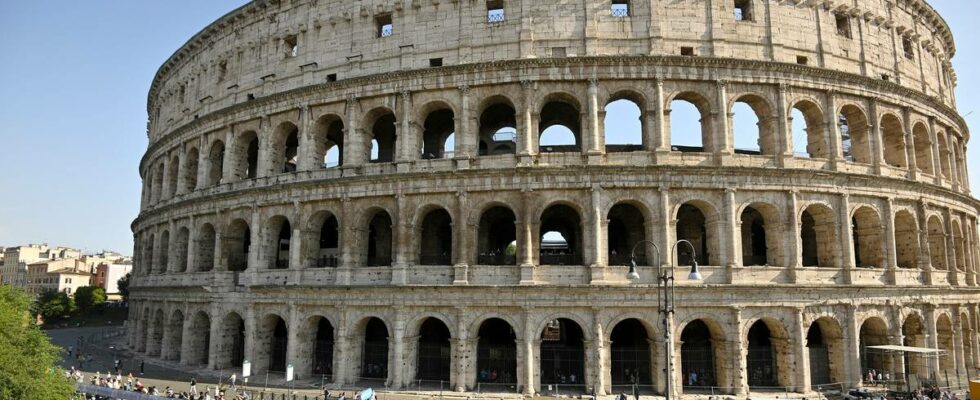The matter in summary Researchers at NTNU in Trondheim are using artificial intelligence (AI) to recreate historical smells. The research is still in its initial phase, and for the time being they have focused on recreating different perfumes. Odor consists of various chemical compounds in gaseous form, and is affected by both pressure and humidity, which makes the process of developing perfumes complicated. The researchers have succeeded in creating two different AI fragrances, but there is still much research to be done in the area. The researchers believe that it is just as important to preserve historical smells as other things from the past. By combining mathematics, chemistry, statistics, archaeology, history and machine learning algorithms, the researchers hope to be able to recreate specific olfactory experiences with a high degree of authenticity. The summary is made by an AI service from OpenAi. The content is quality assured by news’s journalists before publication. When you think of things lost to history, do you think of smell? Or do your thoughts go straight to dinosaurs and Neanderthals? Because even if the dinosaurs no longer exist, we still have bones and fossils that won’t let us forget them. But knowing how the streets of the Roman Empire smelled when the gladiators were raging, that’s a whole lot worse. Or? Well. Maybe not, according to Idelfonso Nogueira. He is an associate professor at NTNU in Trondheim and uses artificial intelligence to recreate smells. – With more research, I believe that in a few years we can bring historical scents back to life. And thus offer a unique way of experiencing history, he says to news. Smell is not only simple But there is still a short distance left to the Roman Empire… As a start, the researchers have chosen to focus on recreating different perfumes. They have managed this by using recipes based on artificial intelligence. Smell itself is quite complicated. It consists of various chemical compounds in gaseous form. And it is our sense of smell that picks up the molecules in these compounds. A smell is also affected by both pressure and humidity. So developing perfumes is therefore a complicated process. It involves a lot of trial and error. But if we are to believe Idelfonso Nogueira, they have now succeeded in creating two different KI fragrances. Idelfonso Nogueira is associate professor at the Department of Chemical Process Technology, NTNU. Photo: NTNU This is how they make a perfume based on AI The researchers created a model that combined the molecules in the perfume with the human sense of smell. The model used a molecular generator powered by artificial intelligence. They also used an artificial neural network that is trained to recognize a large number of different molecules. This network interprets which combinations an odor consists of. It can then tell which molecules are involved, quantify the ratio between them, and show which molecules dominate. And this is how you can recreate the smell. Now it remains to train the model on more molecules and combinations to reproduce the smells more accurately. A smell is not only affected by which molecules are involved, but also by the quantity ratio between them and the liquids in which these are possibly dissolved. One particular smell thus quickly becomes complicated. It consists of many different factors, and can be affected by, for example, pressure and humidity. From present to past Smell triggers our memories. For better or worse. According to the associate professor at NTNU, it is just as important to take care of historical smells, as other things from the past. And this is part of the motivation behind what they do. But how would Nogueira proceed if he were to recreate the atmosphere of the streets around the Colosseum in ancient Rome? To reconstruct historical smells, you need a bit of everything: mathematics, chemistry, statistics, archaeology, history and algorithms from machine learning. Among other things. – Our current mathematical models allow us to predict how smells develop through time and space from the beginning and into the future. This enables us to recreate specific olfactory experiences. He explains that they have to work their way from the present to the past. – By combining these different fields, we can approach the olfactory experience of old Roman streets with a high degree of authenticity. The illustration will depict a bread seller in the Roman Empire. It was one of history’s most powerful empires, with its heyday from about 240 BC. Useful aid There is still much research to be done in this area. In practice, the researchers have so far managed to recreate two perfumes using recipes from artificial intelligence. But Nogueira says they still have some work to do before the products are perfect. Nevertheless, he believes that AI can be useful for the perfume industry in the future. And who knows – maybe one day soon you can recreate the smell of a dear family member or a nostalgic childhood memory. Nogueira believes that the perfume industry can get good help from artificial intelligence in the future. Photo: Jørgen Leangen / news Published 19.06.2024, at 05.18
ttn-69
What did the streets around the Colosseum smell like in ancient Rome? KI may soon have an answer to that – news Trøndelag – Local news, TV and radio

